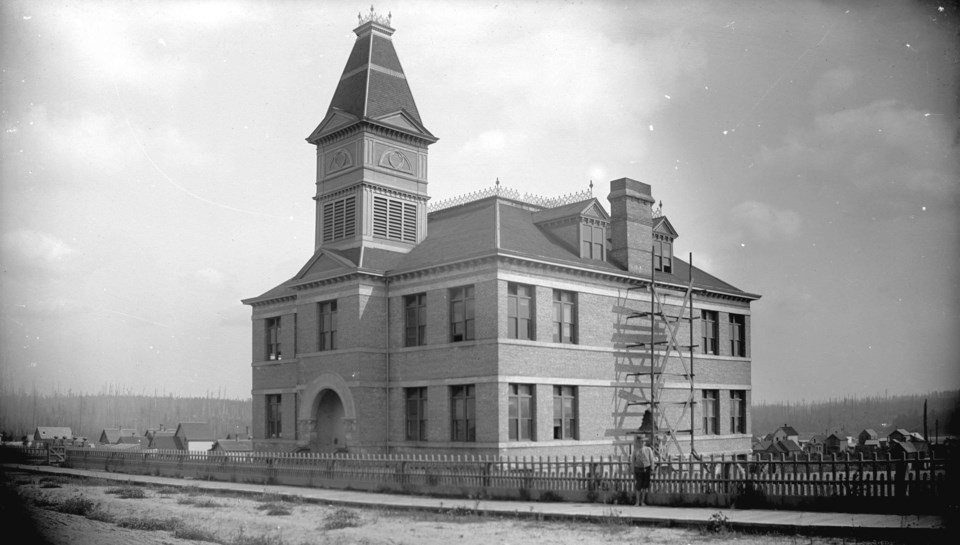Strathcona has been a part of Vancouver from the city's founding.
Originally a neighbourhood not far from Hastings Mill, the epicentre of the city in its earliest days, the area grew with many immigrants finding homes in the area.
While in 2025 it's a relatively gentrified area with a fair number of heritage homes and houses well over 100 years old, it actually was considered a rough neighbourhood for quite a while in the city's early days.
1. It was the East End
Just like how Vancouver has a West End, this area was known as the East End of Vancouver when the city was young in the 1880s.
It wasn't until a few decades later that the name "Strathcona" became commonplace. That came from the school in the area, Lord Strathcona Elementary. That school is still a major feature of the neighbourhood, with some parts dating back to 1897.
2. False Creek shoreline
While Strathcona is landlocked now, that wasn't always the case.
When the neighbourhood was first built, False Creek spread further east. The body of water as a whole was different prior to the European settling of the area, and at one time the eastern edge would have almost been at Clark Drive (depending on the tide).
The eastern part of False Creek wasn't filled in until 1917, so when Strathcona was built, there were some homes with some semblance of waterfront (though it was more like a mudflat than a nice beach).
The northern edge of False Creek is still somewhat noticeable, especially on maps. Prior Street ran north of it, though the southernmost part of Princess Avenue stuck out onto a little piece of land.
The land in Strathcona that existed prior to the filling in of False Creek has remained residential, while the filled area became industrial land or railyards.
3. Street heights
Anyone who visits Strathcona may notice that some houses don't line up with the streets very well, especially along Union Street.
That's because the street heights were adjusted.
After the city boomed, streetcar lines were installed as part of the growing transit system, but streetcars and trams need relatively flat rails.
And Vancouver isn't the flattest city around. To allow for a smooth ride, the streets had to be adjusted, and the street level was brought up a bit.
But the houses stayed at the same level.
4. The first synagogue is now a condo
What was built as Vancouver's first synagogue still stands, but it has a new function.
The B’nai Yehuda synagogue was built in 1917 and renovated in 1920.
It was sold after the synagogue moved to Oak Street, where many community members had moved. The building wasn't knocked down, though, and became a club for a youth association.
In the 1980s, it was left vacant, but it was saved when it was turned into condominiums. BC Assessment shows there are 12 units there.
5. The Palas Por Pistolas tree
Strathcona may not jump to mind when thinking about the modern Mexican art scene, but there is a direct connection.
A tree.
One of the trees planted at Hawkes and East Georgia is part of the Palas Por Pistolas (shovels for pistols) project. The art project was created by Mexican artist Pedro Reyes.
Essentially, he traded grocery vouchers for guns in a city hit by gun violence. Then he took those guns and had them melted down and moulded into shovels.
Those shovels have since been used to plant trees around the world, including in Strathcona. In fact, Vancouver was one of the first places to have a tree planted as part of the project.



